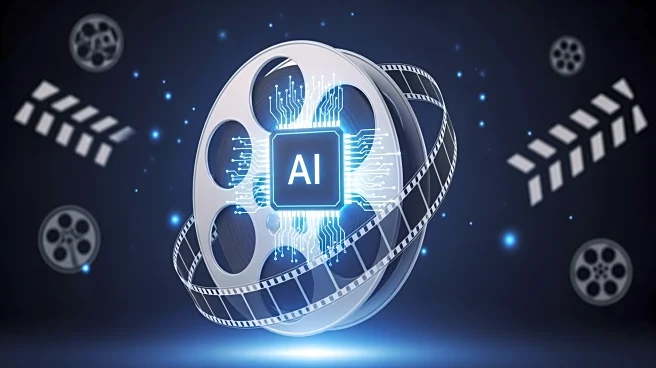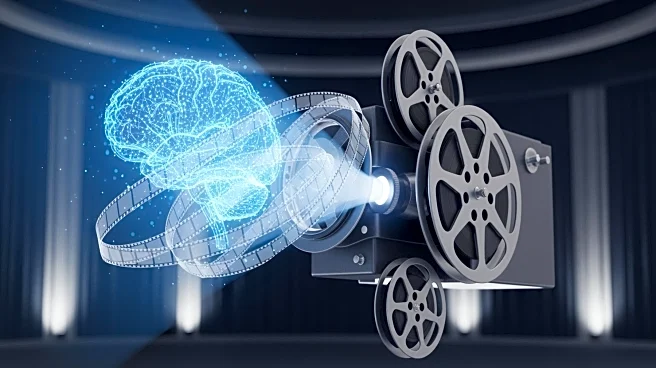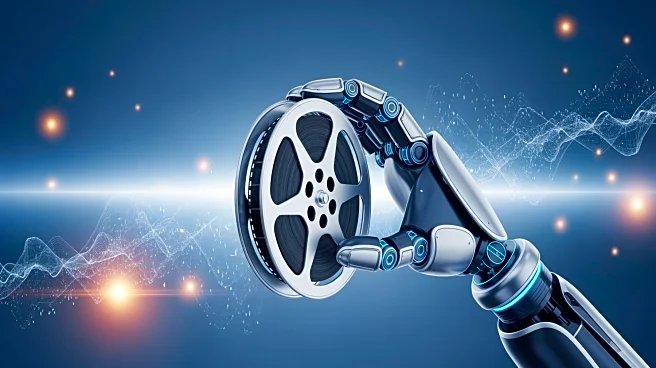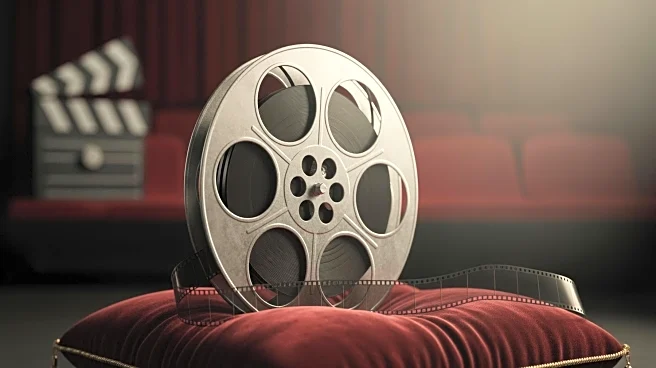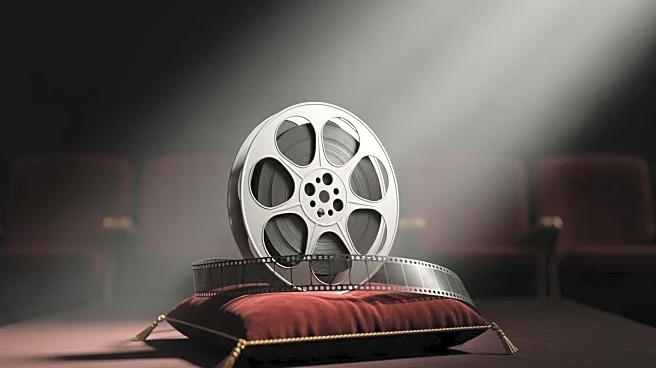What's Happening?
At the Lumière Festival on October 18, 2025, filmmaker Michael Mann emphasized the importance of using AI for aging and de-aging in films, particularly for dramatic purposes rather than gratuitous CGI.
Mann announced that his upcoming film, Heat 2, will utilize AI technology selectively to enhance storytelling. The film is set to be released in approximately 4,000 U.S. cinemas with a minimum 45-day theatrical run. This announcement has stirred discussions among directors and casting professionals about the implications of AI in filmmaking, especially concerning casting older roles and negotiating likeness rights.
Why It's Important?
The use of AI for aging and de-aging in films could significantly impact the film industry, affecting casting decisions, actor contracts, and the authenticity of performances. Supporters view it as a creative tool to enhance storytelling across different time periods, while critics express concerns about ethical implications, such as replacing younger actors or altering performances. The normalization of AI in major releases like Heat 2 could lead to changes in industry standards, prompting unions to demand clearer consent and pay regulations for actors.
What's Next?
As Heat 2 moves forward with its AI-driven approach, industry stakeholders, including actors, agents, and unions, will closely monitor the film's reception and its impact on casting norms. The film's success or failure could influence other studios to adopt similar technologies, potentially accelerating legal and contractual changes. The debate over AI's role in filmmaking is expected to continue, with possible early legal demands and new contractual language emerging as the industry adapts to these technological advancements.
Beyond the Headlines
The ethical and practical implications of AI in filmmaking extend beyond immediate industry concerns. The technology's ability to alter performances raises questions about artistic integrity and the future of storytelling. As AI becomes more prevalent, filmmakers and audiences alike will need to grapple with the balance between technological innovation and preserving the authenticity of human performances.
